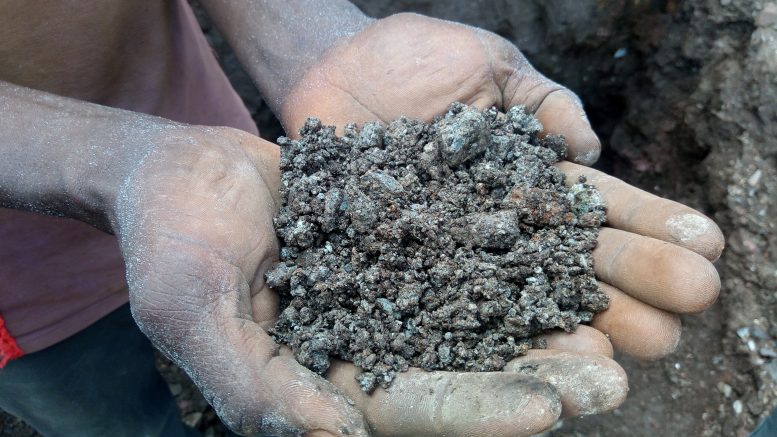Cobalt watchers can expect demand for the blue metal to double by 2030, says Ying Lu, senior analyst at Roskill. The forecast comes even as this year saw a significant shift in global cobalt markets as both mined and refined cobalt production fell, marking the first decrease in production since 2016.
“The cobalt market has been dogged by oversupply for three consecutive years,” Lu told The Northern Miner in an email. “The decrease in global production in 2020, however, has led to a relatively balanced market as surplus stocks of the metal have been depleted.”
The UK-based analyst points to the suspension of operations at Glencore’s (LSE: GLEN) Mutanda mine in the Democratic Republic of Congo (DRC) in November 2019 and the temporary suspension of most of the artisanal and small-scale operations in the DRC in 2020 due to Covid-19, as the reasons for a tightening of cobalt feedstocks and cutbacks in production this year.
Tighter cobalt markets, Lu said, were further exacerbated by logistics disruptions in Africa due to the pandemic, including the weeks-long closure of Durban port in South Africa, a key transition point for shipping Congolese cobalt to China.
Cobalt refining operations in China have also been affected by strict quarantine measures imposed across the country in the first four months of the year, forcing refineries to run well below capacity.
The same Covid-19 outbreak disrupted the growth in cobalt markets, overall demand in 2020 is forecast to be broadly in line with 2019 but slowing down from the historical average growth rate, Lu said.
“We anticipate the tightness in cobalt feedstocks to continue in 2021, particularly in the spot market, given that a large portion of crude cobalt hydroxide production has already been locked into long-term contracts,” she said.
As a consequence, she expects cobalt prices to rise next year and forecasts the blue metal to trade between US$18-US$20 per lb. in 2021, up from an average of US$16 per lb. in 2020.
Lu also expects to see a more dispersed distribution of cobalt production and consumption in the coming years, with Europe and the U.S. now actively building up regional battery raw material supply chains. However, in the medium term, China will continue to dominate cobalt refining and battery manufacturing. National stockpiling of cobalt by China’s State Reserve Bureau could also potentially tighten the market, pushing cobalt prices higher, although such impacts are often limited and temporary.
Since the commercialization of lithium-ion batteries – which use cobalt to boost the energy density and extend battery life – in the early 1990s, the rise in consumer electronics has underpinned the rapid growth in demand for cobalt.
“Despite the reduced use of cobalt per unit in the automotive sector due to concerns over cost and ESG [environmental, social, and governance] issues, the growing penetration of EVs [electric vehicles] and the exponential growth in EV sales will boost cobalt demand, which we expect to double by 2030,” she said.
In addition to increased demand for cobalt in EV markets, Lu said the rapid roll-out of 5G technology, particularly in China, will create new growth potential for the mobile electronics industry from 2021 onwards. In turn, she said, this will boost smartphone sales and cobalt demand in the medium term.






Be the first to comment on "Roskill forecasts demand for cobalt to double by 2030"